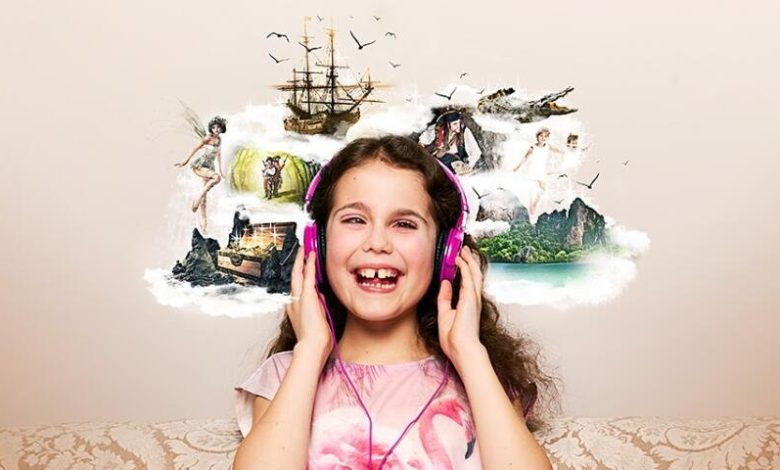The Power of Sound: Talking Books and Their Role in Promoting Equality

In recent years, talking books have emerged as a powerful tool for promoting equality, inclusion, and accessibility. Audio books, or audiobooks, offer a way for people with visual impairments, learning disabilities, or other barriers to traditional reading to access literature, education, and entertainment. These audio resources have revolutionized the way people consume information, breaking down barriers and providing equal access to knowledge.
What Are Talking Books?
Talking books are recorded versions of books that can be listened to instead of read in traditional print. Unlike e-books, which still require visual engagement, audiobooks are entirely auditory, making them accessible to a wider audience. Originally developed to support visually impaired readers, talking books have evolved with advancements in technology and now benefit a diverse range of individuals with various needs.
A Brief History of Talking Books
Audio books date back to the 1930s when they were first introduced by the American Foundation for the Blind. These early versions were recorded on vinyl records and distributed to individuals with vision impairments. Over the years, the format evolved from records to cassette tapes, CDs, and now digital downloads and streaming. Today, talking books are more popular than ever, accessible through various platforms like Audible, public libraries, and specialized services for the visually impaired.
How Talking Books Promote Equality
Talking books play a significant role in leveling the playing field in several ways:
1. Accessibility for People with Visual Impairments
For people with visual disabilities, reading printed text is either challenging or impossible. Audio books provide an alternative that allows them to engage with literature, academic materials, and even popular fiction on equal footing with sighted readers. This accessibility can be life-changing, particularly for students and professionals who rely on reading to further their education and careers.
2. Support for Individuals with Learning Disabilities
Individuals with dyslexia or other reading-related learning disabilities often find it difficult to read and comprehend text at the same pace as their peers. Audio books provide an effective solution by enabling these individuals to consume content audibly. Listening rather than reading allows them to enjoy literature and learn without the barriers presented by traditional reading methods, thereby fostering a sense of inclusion and self-worth.
3. Language and Literacy Aid
Talking books can also assist non-native speakers and individuals with low literacy skills. By providing auditory content, audio books make it easier for language learners to improve their comprehension and pronunciation. They can listen to fluent speakers and follow along with the text if available, reinforcing language acquisition. Additionally, exposure to diverse vocabulary through Audiobooks can aid literacy development for young learners and those in underserved communities.
4. Equal Access to Education and Knowledge
Education and knowledge are critical drivers of social equality. Unfortunately, physical and economic barriers often prevent individuals from accessing traditional learning materials. audio books, available through libraries and affordable digital platforms, bring educational resources to a broader audience, including those in remote areas or low-income households. With audiobooks, knowledge becomes more democratized, allowing everyone to access information regardless of their physical, economic, or geographic limitations.
The Emotional and Social Benefits of Talking Books
Talking books are not only educational but also emotionally beneficial. They allow people to engage with stories, literature, and personal development resources in a way that fosters empathy and social connection.
1. Combating Social Isolation
For elderly individuals, particularly those with declining vision, Audio books offer a sense of companionship and engagement. Listening to stories and voices can reduce feelings of loneliness and isolation, providing a form of mental stimulation and comfort.
2. Building Empathy Through Storytelling
Audio books often feature expressive narration that brings characters and stories to life. By hearing stories through a narrator’s voice, listeners can connect more deeply with the emotions and experiences of the characters. This immersive experience can foster empathy and understanding, which is essential for building a more inclusive society.
Conclusion
Audio books are far more than a convenient way to consume literature; they are a vital tool for promoting equality and inclusion. By breaking down the barriers associated with visual impairments, learning disabilities, language challenges, and limited access to educational materials, Audio books provide people from all walks of life the opportunity to learn, grow, and connect. As technology continues to advance, talking books for the blind will likely play an even greater role in building a world where knowledge and literature are accessible to all.
In an era where inclusivity is a priority, talking books for the blind offer not only an alternative to traditional reading but also a bridge to a world of possibilities for those who might otherwise be left behind.




